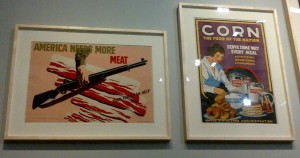The 2015 Dietary Guidelines: the saga continues
I am indebted to Pro Politico Morning Agriculture for this tidbit:
HOUSE AG COMMITTEE PRIES INTO DGAC COMMENT REVIEW: The chairman and ranking member of the House Agriculture Committee have requested that the USDA and HHS supply an accounting of how they intend to review the more than 29,000 public comments on the 2015 Dietary Guidelines Advisory Committee’s report, as well as an accounting of the staff maneuvering that’s been required to review those thousands of comments in a timely manner.
In a letter sent by Reps. Michael Conaway and Collin Peterson, the committee has also requested more information on whether the departments will be able to deliver the final Dietary Guidelines for Americans document by the end of the year, as originally intended.
“Have you reconsidered that goal given the overwhelming number of comments that now need to be reviewed,” the letter states. “If not, do you intend to incorporate the review of the 29,000+ comments received into this work product, and how do you intend to complete that process?” You can read the full letter, which the lawmakers expect a response to by June 10, here: http://1.usa.gov/1EJcrSM
OK. Let’s review the process here.
- Congress, in its infinite wisdom, wants the Dietary Guidelines reviewed and redone every five years.
- We’ve had Dietary Guidelines every five years since 1980. Their basic messages have not changed much.
- The 2015 Dietary Guidelines Advisory Committee (DGAC) reviewed the research and issued a lengthy report.
- The report was released for public comment. More than 29,000 comments came in.
- Now the agencies—USDA and HHS—must deal with the comments are write the actual Dietary Guidelines.
Until 2005, the DGACs wrote the actual guidelines with minimal editing from the agencies. That was certainly how it worked in 1995 when I was on that committee.
We did the research and wrote guidelines based on that research. The agencies published them pretty much as we wrote them.
That changed in 2005 under the Bush II administration.
By now, nutrition advice has become so politicized that the public—from individual consumers to corporations—has a say in them.
Which method helps the public eat healthier diets?
You decide.
I withholding judgment until I see how the agencies extract guidelines from the 650-page DGAC report and its 29,000 comments.
I’m guessing that after all this fuss, the guidelines will still basically say:
- Healthy diets are based largely on foods from plant sources (eat your veggies)
- Don’t eat too much sugar, salt, or saturated fat (avoid junk food)
- Don’t gain excess weight if you can avoid it (balance calories)
Good advice. Too bad that following it does not increase profits for the food industry.


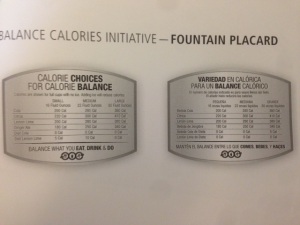


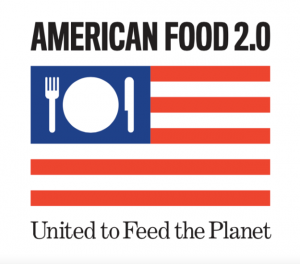






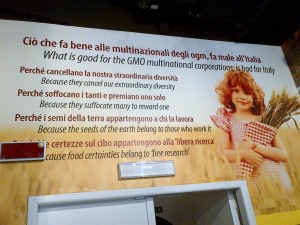 In case you can’t read the photo:
In case you can’t read the photo:

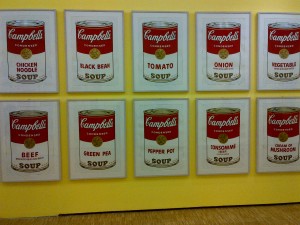 Gehry:
Gehry:
